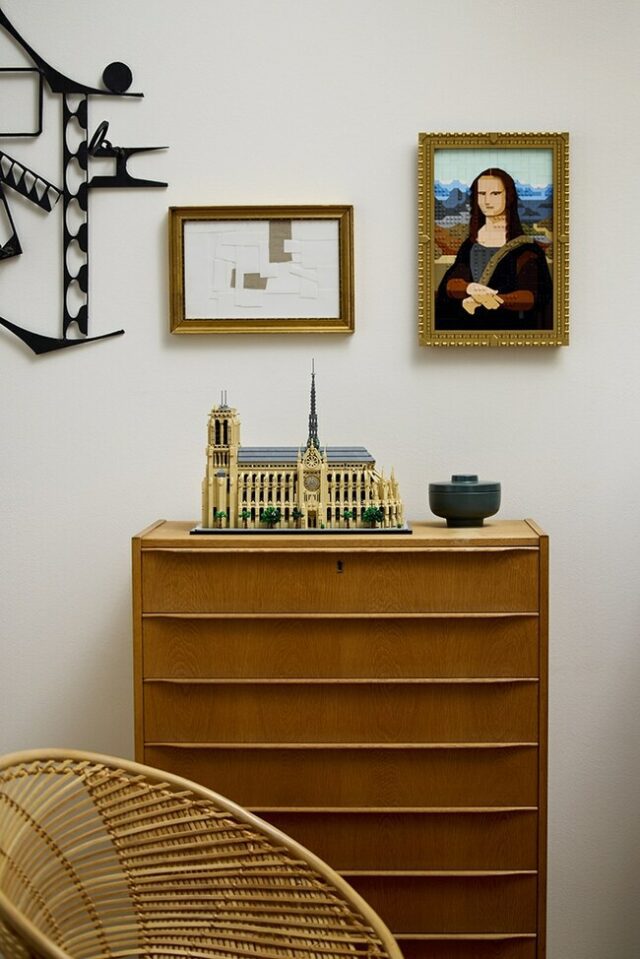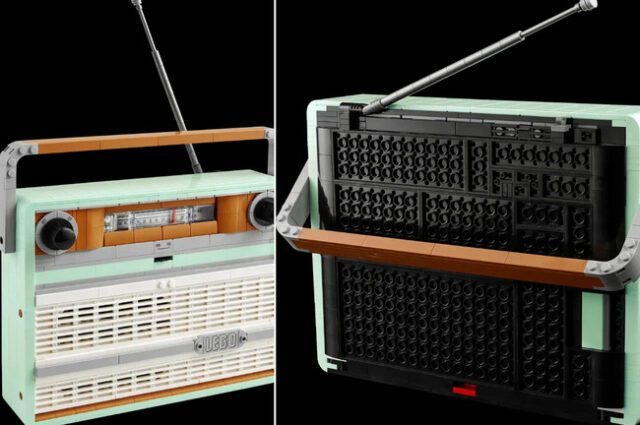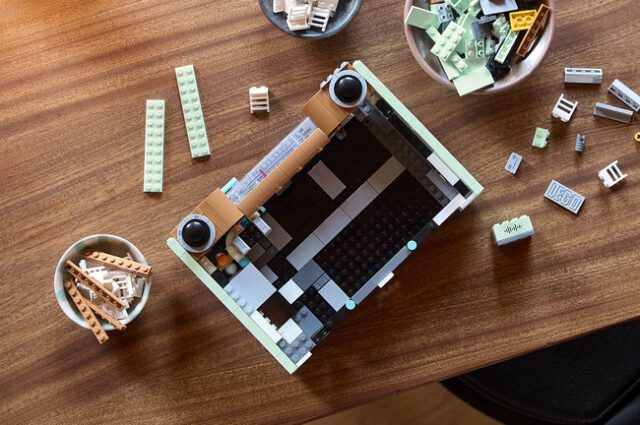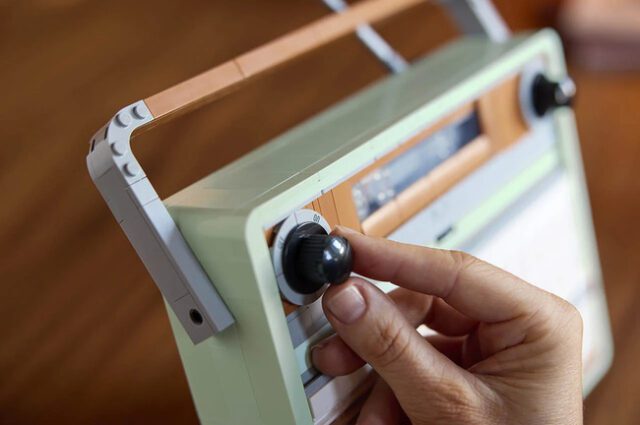
Would you drink water out of a glass that’s been sitting on the table for 5-6 hours? Probably not. So, why should your pet have to drink water from a bowl that’s been left standing for hours on end? Like a stagnant glass of water, traditional pet bowls can become breeding grounds for bacteria, requiring frequent cleaning and refills. Enter the LALAHOME DailyFresh™ Eco-System pet fountain, designed to revolutionize pet hydration by ensuring that your pets not only drink fresh water but also water that has been appropriately filtered. This cutting-edge pet fountain boasts a significant 10-liter reservoir, drastically reducing the frequency of refills and providing a continuous supply of clean, fresh water for up to two weeks. Ideal for busy pet owners, this system ensures your pet’s hydration needs are met even when you’re not around.

The LALAHOME DailyFresh goes beyond traditional pet water fountains by integrating a state-of-the-art multi-stage filtration system. The 5-layer RealPura filtration process removes impurities ranging from pet hair to heavy metals, while an integrated UVC light eliminates bacteria and other pathogens. The innovative OxygenZ technology enhances water flow, making the water oxygen-rich and more appealing to pets, particularly cats who prefer moving water. Additionally, the fountain’s sleek, Brutalist-inspired design features dual spouts and waste water diversion for growing cat grass, aiding in your pet’s digestive health. Equipped with a smartphone app, the DailyFresh allows pet owners to monitor water levels, track their pet’s water intake, and control the dispenser remotely. This ensures that your furry friends always have access to the best drinking water, promoting their health and well-being with minimal effort from you.

If you can’t afford a ticket to Paris, LEGO can help bring the City of Lights to you with its two newest sets. The first one is Leonardo da Vinci’s Mona Lisa, which comes complete with a gold frame for art lovers to display on a wall, seamlessly fitting it with other framed pieces. Along with the Renaissance masterpiece, LEGO is also releasing a recreation of the Notre Dame cathedral in its pre-2019 fire state. Together, these sets will make Francophiles feel like they have a front-row private viewing of the massively popular tourist attractions. LEGO’s latest launch is to celebrate the French capital’s momentous 2024. Starting July 26, Paris will host the 2024 Summer Olympics and the 2024 Paralympics, making it only the second city after London to host the Summer Olympics three times, having previously done so in 1900 and 1924. Also fittingly, the beloved Gothic cathedral Notre-Dame is scheduled to reopen to the public in December, after five years of painstaking reconstruction.

The LEGO Art Mona Lisa will feature 1,503 pieces, using new hues to reflect what a freshly painted Mona Lisa would have looked like 500 years ago. LEGO designed its drum-lacquered gold frame to be detachable, allowing for multiple display options. The designer, Milan Madge, notes, “A culmination of Da Vinci’s lifelong study of science and nature, the Mona Lisa is packed with stories and details that we thoroughly enjoyed researching and implementing.” The portrait is part of a series of interpretations of artworks, including Hokusai’s The Great Wave and an open-ended set to create an abstract modernist piece. Once you’ve duplicated the world’s most valuable and visited work of art, you can take a journey through 800 years of history with the Notre Dame de Paris set. According to designer Rok Žgalin Kobe, LEGO has designed this set to “bring it to life by not only capturing its outward appearance but the way and the stages in which the original was built.” It will feature 4,383 pieces and an easily removable roof to appreciate the interior details. The Mona Lisa set is available for pre-order, shipping in October 2024, while the small-scale Notre Dame set is available for pre-order and will ship on June 1, 2024.






The perception of old age seems to be evolving with time, suggesting a shifting paradigm in how individuals view aging. Contrary to past generations, contemporary middle-aged and older adults are inclined to push the boundary of what constitutes old age further into the future. This intriguing revelation from a recent study not only challenges the conventional notion that old age commences at a fixed numerical age but also underscores the profound influence of societal and individual factors on our understanding of aging.

Markus Wettstein and his team’s extensive examination of over 14,000 participants in the German Ageing Survey sheds light on this dynamic phenomenon. As life expectancy extends and health standards improve, the perception of when old age begins shifts accordingly, demonstrating the malleability of our collective perception of aging. However, the study also hints at a nuanced narrative, suggesting that the pace of this perceptual evolution may be decelerating in recent years. This revelation prompts contemplation on the underlying reasons behind this phenomenon, raising questions about societal attitudes towards aging and the implications for individual preparedness and societal policies concerning elderly care.

Anita Lee-Archer’s journey from nursing to nurturing her artistic ambitions has blossomed into a stunning fusion of creativity and horticulture. Crafting a fairytale dress adorned with 210 fresh flowers is not just a testament to her artistic prowess but also a celebration of her unwavering dedication to her passions. With each meticulously placed dahlia, Anita weaves a narrative that intertwines her love for art and her nurturing touch in her garden in Australia, creating a wearable masterpiece that exudes enchantment and charm. Continue reading “Mom Designs Stunning Dress Made of 210 Fresh Flowers Combining Her Love of Art and Gardening” »

In the heart of downtown Garland, Texas, a vibrant mural stands tall, radiating the joyful resonance of music and unity. Conceived by the remarkable artist John Bramblitt, this mural transcends mere visual artistry—it embodies a celebration of community and diversity through the universal language of music. Despite losing his vision in 2001, Bramblitt’s determination and creativity have only flourished, culminating in this awe-inspiring testament to the power of artistic expression. As he passionately describes, music serves as the perfect conduit for conveying the rich tapestry of cultures and experiences that converge in Garland, fostering a sense of belonging and harmony that transcends barriers of language and background.

For Bramblitt, the creation of this mural represents not only a personal triumph but a profound opportunity to enrich the lives of countless individuals within the community. With meticulous attention to detail and innovative techniques adapted to his unique sensory experience, Bramblitt brings to life a tableau of musicians, dancers, and the resonant word “Harmony” in Braille. Through this masterful composition, he invites viewers to immerse themselves in the shared rhythm of existence, revel in the beauty of diversity, and discover the profound harmony that emerges when hearts and minds converge in creative expression. As the mural adorns the bustling streets of Garland, Bramblitt’s hope echoes through its vibrant hues—that each passerby may find solace, inspiration, and perhaps, a momentary escape into the boundless realm of music’s embrace.




In the heart of Patagonia, nestled amidst towering granite cliffs and teeming with rare wildlife, Cochamó Valley stood as a sanctuary of natural beauty, dubbed the ‘Yosemite of South America’. Yet, its serene existence faced an existential threat from industrialist Roberto Hagemann, whose vision for the valley involved a stark transformation into a hub of development. With vast swathes of land under his ownership, acquired through a web of complex transactions, Hagemann unveiled plans for hydroelectric projects and extensive road networks, setting the stage for a David and Goliath battle between conservationists and industrial interests.

However, the resolute spirit of activism, reminiscent of the early conservation movements in North America, refused to yield to the encroaching tide of development. Led by Pablo Condeza, a determined advocate and wilderness guide, a coalition of environmentalists rallied under the banner of Puelo Patagonia to safeguard Cochamó Valley from irreversible alteration. Through years of legal skirmishes and unwavering advocacy, the tide eventually turned against Hagemann, culminating in a historic agreement that saw the valley spared from industrialization. The triumph of grassroots activism and the power of collective determination resonated not only across Chile but reverberated as a beacon of hope for conservation efforts worldwide, illustrating the profound impact of committed individuals in shaping the destiny of our planet’s most precious landscapes.

Beth Christensen, a university concert pianist pursuing her studies at the University of Missouri-Kansas City Conservatory, has found an unconventional yet enriching living arrangement at Claridge Court, a senior living facility in Prairie Village. Since July 2023, she has resided there as a student-in-residence through a collaborative effort between the Conservatory and the home. What began as a practical arrangement has blossomed into a heartwarming exchange, where Christensen not only performs for the residents but also forms genuine connections with them. Her performances, initially centered on classical and jazz pieces, have evolved to include a diverse range of music, reflecting her growing comfort and rapport with the audience. Through her engagement with the community, including activities like chair volleyball and conversations with residents like Pat, a former teacher, Christensen has become an integral part of Claridge Court’s social fabric. Continue reading “Grad Student Trades Piano Performances for Housing at Senior Facility–Melting the Age Divide and Making Friends” »

In a serendipitous revelation of history tucked away in a forgotten corner, the discovery of a rare World War II relic has stirred intrigue and awe. A pigeon parachute, once a clandestine courier for crucial messages to the French resistance in Normandy before the pivotal D-Day invasion, emerged from the confines of an old shoebox. Unearthed among the belongings of the late Mrs. Ellington in England, the artifact puzzled her descendants, igniting a quest for its origin and significance. Little did they know, within the folds of the tattered fabric lay a thread of wartime heroism, a testament to the covert operations that unfolded in the lead-up to one of the largest military campaigns in history.

As the layers of history peeled back, the astonishing truth emerged, revealing the pivotal role this unassuming parachute played in the grand tapestry of World War II. Deployed over the occupied lands of Normandy, these pigeon parachutes served as lifelines of communication, threading through the perilous skies laden with messages destined for the French resistance fighters. Amidst the looming threat of Nazi occupation, these courageous aviators embarked on their airborne missions, bearing instructions crucial to the Allied cause. Today, this artifact stands not only as a relic of the past but as a beacon of resilience and ingenuity, showcased within the hallowed halls of the House on the Hill Museum, where its story continues to inspire and captivate visitors from around the world.

LEGO continues to captivate enthusiasts with its nostalgic homage to iconic designs, and the LEGO Icons Retro Radio is no exception. Scheduled for release on June 1st, this 906-piece set beckons to an era when radio was the heartbeat of entertainment. The set, a vibrant tribute to the 50s and 60s, adorns shelves with its classic blend of white and brown hues, evoking memories of a simpler time. Standing proud at over 13 inches tall, 9 inches wide, and 2.5 inches deep, this LEGO model is more than just a decorative piece; it’s a testament to craftsmanship and creativity. While it may lack the ability to tune into local stations, its functionality is far from obsolete. The LEGO Retro Radio offers a delightful array of features, from its intricate faux wood-colored trims to its extendable antenna and tuner window, transporting users to an era of yesteryears.

What truly sets this LEGO creation apart is its fusion of retro aesthetics with modern convenience. Despite its vintage charm, the radio seamlessly integrates with contemporary technology, allowing users to dock their smartphones for Spotify support. While purists may opt for the simulated sports stations and nostalgic white noise, the option to stream their favorite tunes adds a contemporary twist to the retro experience. Although some may yearn for the inclusion of a transistor radio unit, the ability to sync personal devices ensures that the LEGO Icons Retro Radio remains relevant in today’s digital age. As enthusiasts eagerly await its arrival, this latest addition to the LEGO Icons collection promises to be more than just a set—it’s a journey through time, where past meets present in a harmonious blend of creativity and innovation.





























































